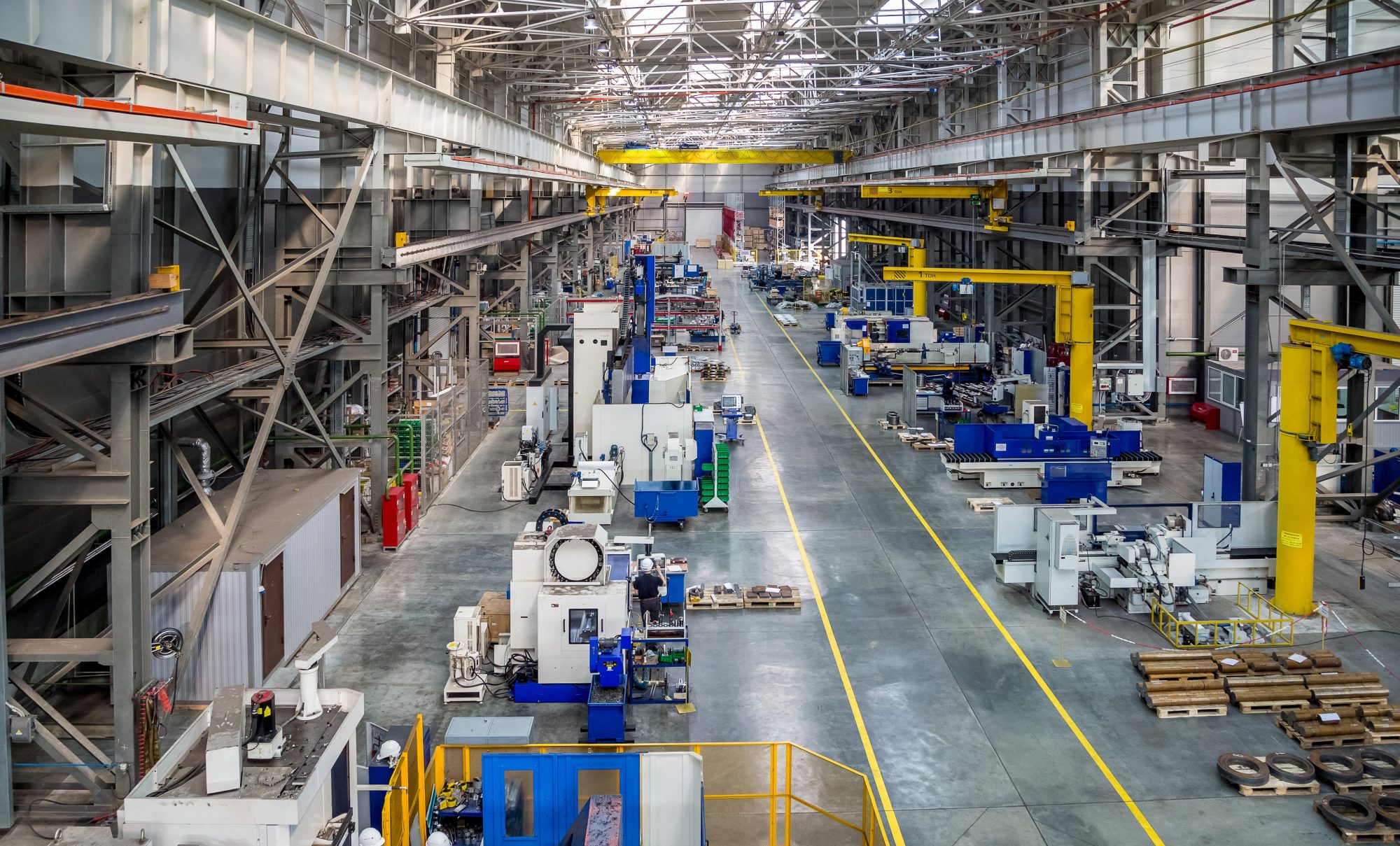Some manufacturers may still be wary of BIM. “Should companies embrace it or risk being left behind?” asks Nick Johns, Head of Digital Manufacturing for Graitec
I wouldn’t say that manufacturers are necessarily scared of BIM and I do think most of them are engaged but perhaps concerned, as BIM is still in a maturing landscape within a maturing market. However, I do believe it’s time for manufacturers to start to take advantage of the well-advertised benefits that are meant to come with the digital agenda.
When discussing Building Information Modelling, we automatically assume its relation to the engineering or construction industry.
This is understandable considering both industries have used intelligent software to deliver a model that aligns with companies BIM requirements to plan, design and complete building and infrastructure developments for many years by leveraging the functionality to improve decision-making, design workflows and to reduce build costs.
However, as these industries continue to focus on efficiency gains and build cost reduction, the influence of BIM is starting to permeate into the building supply chain, particularly the manufacturing sector. This is resulting in increased demand for building products to be hosted online in BIM formats and be transferable into interactive designs to help construction project teams develop accurate plans and conduct clash detection to avoid costly rework prior to building work.
The manufacturing sector must change and move forward with BIM methodologies. Moreover, the UK government has already set requirements for 2025 with the release of its industrial strategy document. There is an aspiration to align the proposed BIM Level 3 strategy to come into effect, although details of what this could look like are still scarce for the time being.
What does BIM mean for the manufacturing sector?
The impact and importance of BIM has intensified over the past two years, resulting in a huge shift in the evolution of the construction industry.
One of the key developments is the drive for construction and fabrication to be conducted offsite, areas more aligned to the manufacturing industry.
Through the deployment of BIM, repetitive building types such as hotels, student accommodation and apartments are constructed both onsite and offsite as a way of improving efficiency and safety.
Building Information Modelling was developed as a coordination tool but its use has now spread further to support construction, operations and maintenance.
Customers are not only using this digital collaboration tool to specify their building designs but also internal fixtures, fittings and products relevant to the building’s function and the main benefit is that products are now more likely to be considered during the design and tender stages of any project.
What does the future look like for BIM?
As previously mentioned, BIM Level 3 is in its early stages as there are still several obstacles to overcome, which includes a wider use of the BIM Level 2 processes. Although there is limited information around BIM Level 3, the ideology has been generally agreed, however there are very few specifics about what this may look like in action.
The idea for a central, collaborative model of BIM Level 3 is that there is no danger of any data inaccuracies or duplications of work.
What does this mean for manufacturers?
The move to BIM Level 3 by 2025 means that BIM Level 2 will likely become ubiquitous within this time frame.
Additionally, companies wishing to supply into BIM Level 3 projects may well need to be informed enough to contribute to the central model, which is a step further on from the current process of simply providing 3D model geometry in a compatible format.
With the BIM Level 2 mandate, it’s no longer a nice to have, but instead an essential way of working to reduce project costs and the time required for completion. We’re seeing in the changing world of construction that the lines between this industry and manufacturing are becoming increasingly blurred.
The move to offsite builds is becoming increasingly commonplace, with the use of BIM a big driver for making this possible.
Manufacturing organisations that fail to evolve will be left behind by tech-savvy rivals and will find the prospect of winning new business an uphill struggle. There is also the very real possibility of losing customers.
Today we are at a critical point requiring significant changes in behaviour, driven by reduced skills availability, increasing costs, a greater focus on building outcomes and digital technology as an enabler.
Every day more specifiers are using BIM libraries to populate building design briefs and proposals. It’s important for manufacturers to know that their products are at the forefront of the selection process by specifiers and that their brand profile is as recognised.
Developing new product concepts is great, but manufacturers need to address issues that decision-makers are concerned about and provide solutions they are prepared to adopt.
Our BIM for Manufacturers white paper goes into this in more detail and should help manufacturers understand these opportunities so please get in touch if you would like a copy.
Graitec has been highly influential in supporting many top manufacturing companies who have made the transition towards achieving BIM compliancy helping them to realise the benefit in order to expand their market share and win new tenders.
Find out how Graitec can help you. Click here to find out more.
Nick Johns
Head of Digital Manufacturing
Graitec Limited
Tel: 023 8086 8947
*Please note: this is a commercial profile.

















